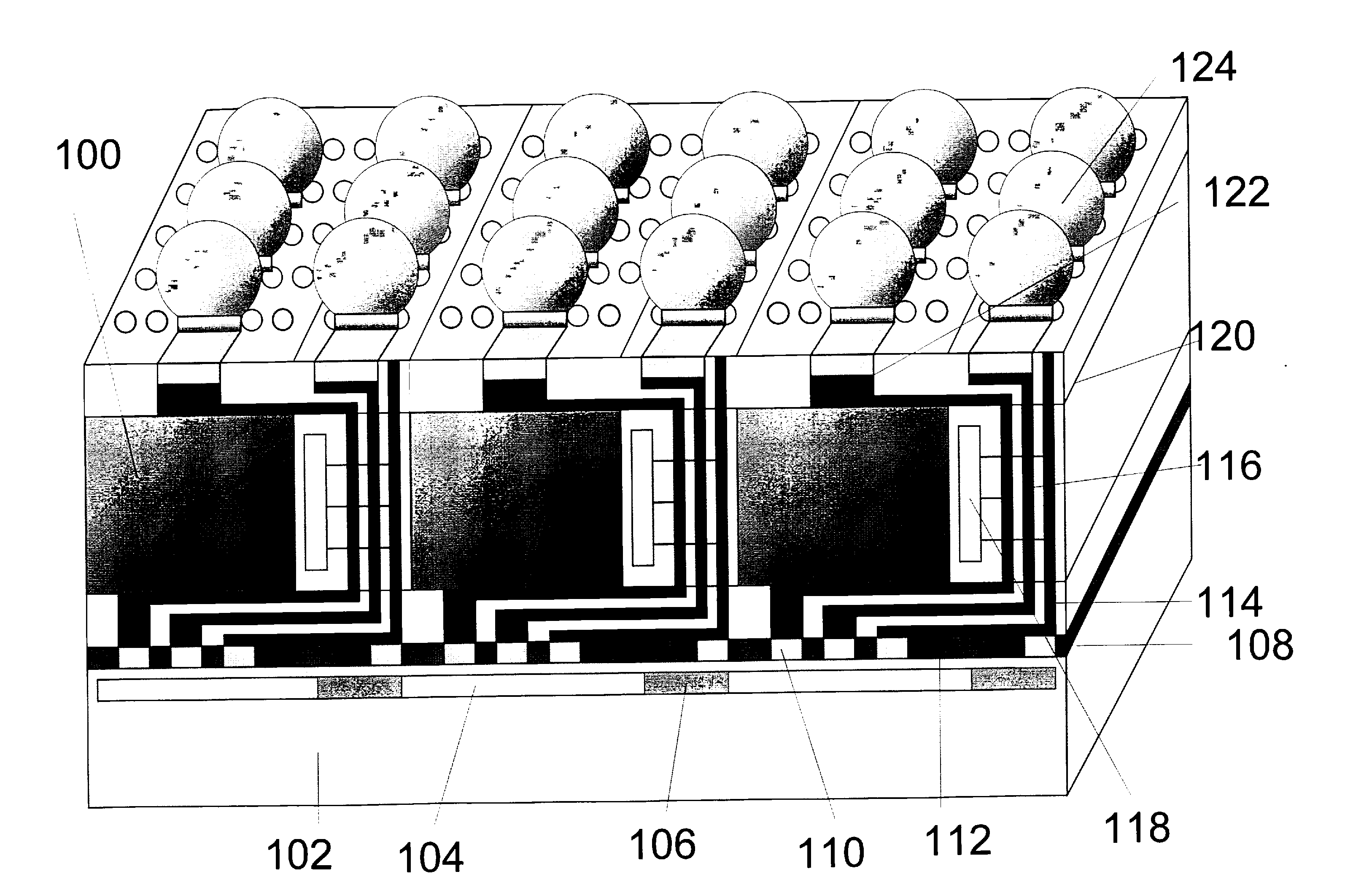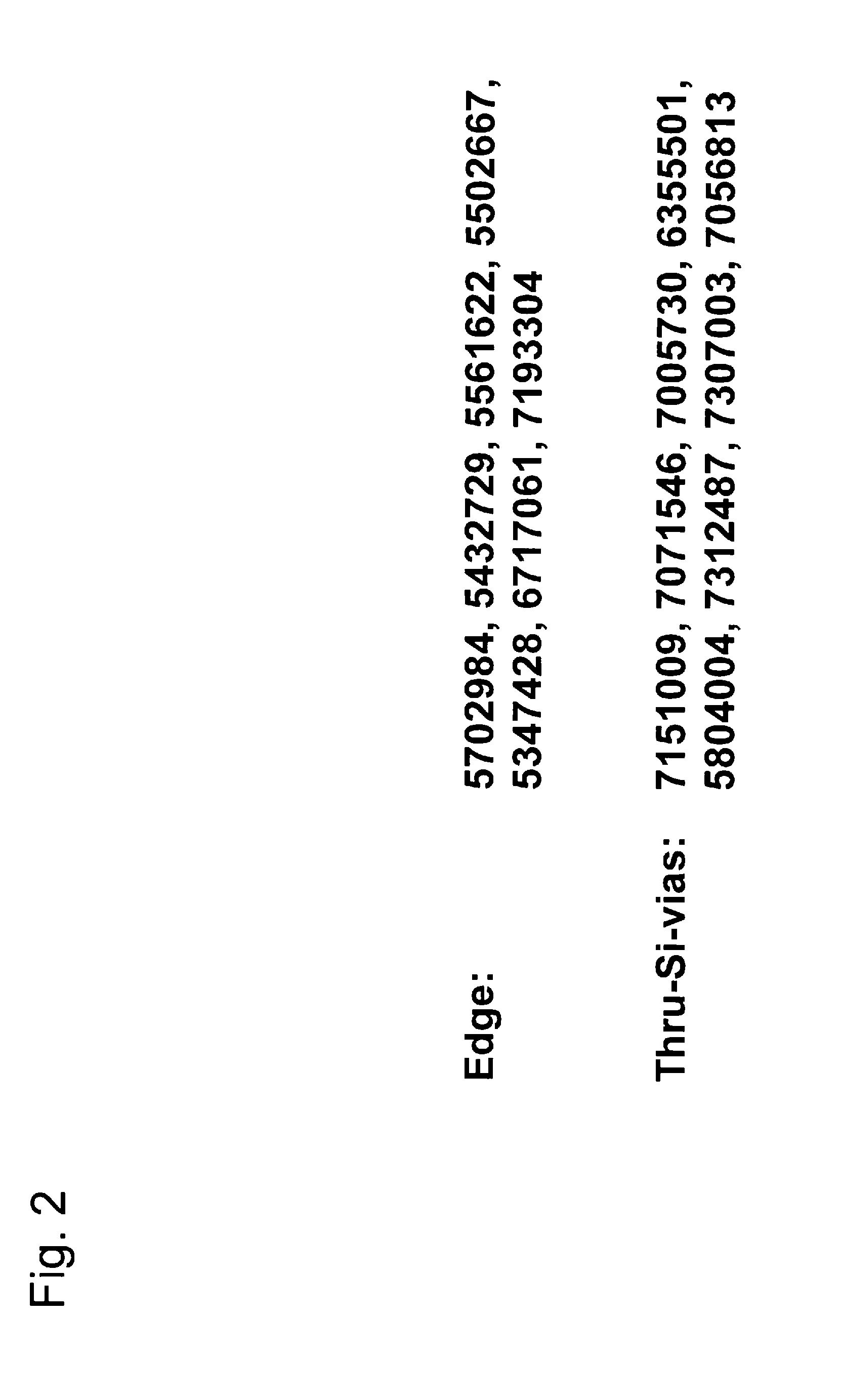4d device process and structure
a technology of 4d devices and process steps, applied in the field of microelectronics, can solve the problems of increasing access time (or slowing speed), difficult to supply power to the stacked system stack, and typically difficult to solve the cooling of the system, and achieve the effect of high density memory
- Summary
- Abstract
- Description
- Claims
- Application Information
AI Technical Summary
Benefits of technology
Problems solved by technology
Method used
Image
Examples
Embodiment Construction
[0049]To achieve these and other advantages, and in accordance with the purpose of this invention as embodied and broadly described herein, the following detailed embodiments comprise disclosed examples that can be embodied in various forms.
[0050]The specific processes compounds, compositions, and structural details set out herein not only comprise a basis for the claims and a basis for teaching one skilled in the art to employ the present invention in any novel and useful way, but also provide a description of how to make and use this invention.
[0051]More specifically, the following written description, claims, and attached drawings set out the present invention which comprises a new 4DI system that increases system density within the 1 clock-cycle up to about 100× more in memory density than the 2D system, as well as a process for making the system. In addition to memory density increase the 4DI also provides a micro-channel cooling capability for the system. The I / O density can s...
PUM
 Login to View More
Login to View More Abstract
Description
Claims
Application Information
 Login to View More
Login to View More - R&D
- Intellectual Property
- Life Sciences
- Materials
- Tech Scout
- Unparalleled Data Quality
- Higher Quality Content
- 60% Fewer Hallucinations
Browse by: Latest US Patents, China's latest patents, Technical Efficacy Thesaurus, Application Domain, Technology Topic, Popular Technical Reports.
© 2025 PatSnap. All rights reserved.Legal|Privacy policy|Modern Slavery Act Transparency Statement|Sitemap|About US| Contact US: help@patsnap.com



